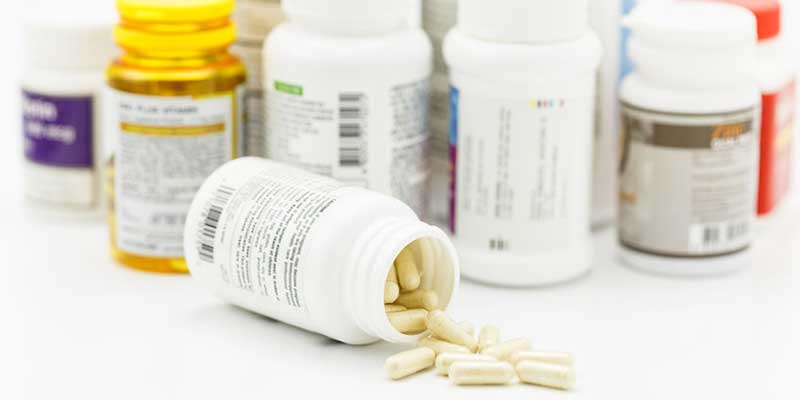Unfortunately, most wastewater treatment isn’t successful in removing pharmaceuticals and personal care products from effluent.
Researchers have developed a recyclable, adsorbent membrane that gives hope for large-scale treatment
When we flush, we expect to never encounter the contents again, but the truth of the matter is that pharmaceuticals dissolved in urine or simply discarded in a toilet, tub, or sink frequently make their way into our drinking water supply and the food chain.
The same goes for personal care products such as toiletries, lotions, and cosmetics. Together, these contaminants are called PPCPs, an abbreviation for pharmaceuticals and personal care products. But aren’t PPCPs removed at a wastewater treatment plant? Unfortunately, conventional sewage treatment methods cannot thoroughly remove many PPCPs. But researchers say a new adsorbent membrane shows promise for purifying PPCP-contaminated water.
Health Threats of PPCPs
PPCP contamination has grown along with higher living standards and is now reaching detectable levels in surface water and groundwater worldwide. It is even showing up in our food supply in seafood and vegetables. But we use many toiletries freely, and they are extensively tested for human use. Is it really that bad if they are ingested?
The answer is that some PPCPs are known to disrupt the human endocrine system and can harm human health and the environment in other ways. An efficient way to remove them would be an important piece of the modern water treatment puzzle.
Recyclable, Adsorbent Membranes
While it is known that porous aromatic frameworks (PAFs) can be used to remove such contaminants, PAFs are powders that are insoluble in most solvents, presenting problems for both application and recycling. Researchers from Northeast Normal University, however, recently explored the idea of making the PAF powders viable for membrane-style adsorption water treatment to remove PPCPs.
Adsorption is “the preferential partitioning of substances from the gaseous or liquid phase onto the surface of a solid substrate.” In more accessible language, it means making a solid that’s “sticky” to specific contaminants and then removing them with it. It is different than absorption, when substances are sucked into a porous solid. In adsorption, compounds adhere to the adsorbent material’s surface.
To create an adsorbent membrane, the team first electrospun polyacrylonitrile polymer into a fibrous membrane. Then they coated the membrane with polyaniline to make the PAF powder adhere to the membrane. Finally, they introduced and reacted biphenyl molecules to grow PAF-45 on the coating.
Promising Test Results
The resulting membrane successfully adsorbed the common NSAID ibuprofen, the popular disinfectant chloroxylenol, and the common insect repellant DEET. The first test of the composite material not only proved it was more effective than most existing adsorbent materials, but it also was easy to recycle. The adsorbed PPCPs were removed from the membrane with ethanol, and the membrane was then demonstrated in 10 more adsorption-desorption cycles with only a small decrease in effectiveness observed.
The new PAF membrane concept joins other technologies now in the pipeline for treatment of emerging contaminants. With pharmaceuticals and personal care products showing up in our water and food ever more frequently, it is increasingly important to develop viable treatment options to remove them. Contact Fluence, a world leader in water treatment, to discuss sustainable solutions for PPCP treatment.

